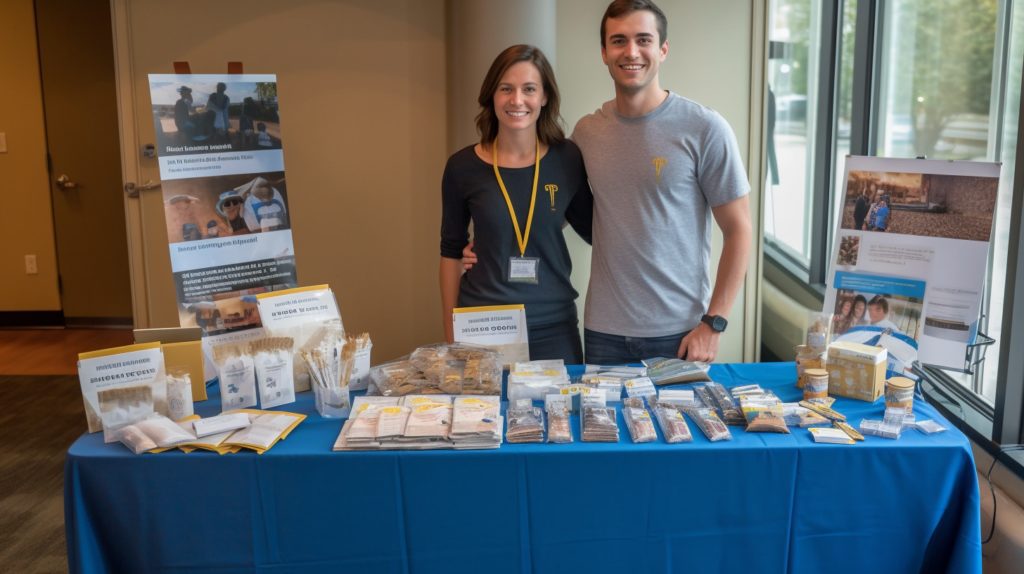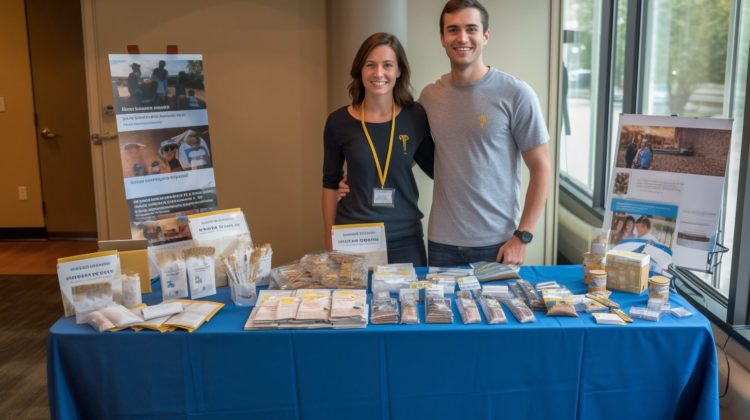Table of Contents
Fundraising Is Sales — Let’s Treat It That Way
For me, fundraising is just another form of sales. At its core, it requires the same mindset, the same discipline, and many of the same techniques. If you’ve worked in sales, you’re already halfway to becoming a great fundraiser. And if you’re in fundraising but don’t see yourself as a salesperson, it’s time to change your perspective. Because once you understand fundraising through a sales lens, you become exponentially more effective.
Sales Comes in Many Shapes — And So Does Fundraising
Let’s start with a quick overview. Sales isn’t just one thing. It’s not just closing a deal over lunch or pitching a product in a boardroom. It’s inside sales, outside sales, B2B, B2C, transactional, consultative, complex, enterprise, channel, and online sales. All of these demand different approaches, but every one of them comes down to solving a problem for someone else.
And that’s what fundraising is, too.
Whether you’re talking to an individual donor, a corporate partner, a foundation, or a board of stakeholders, you’re in the business of providing value. You’re offering them a meaningful way to make a difference. You’re aligning your cause with their values. And yes, you’re asking for a commitment.
Fundraising is selling—just with a different product: impact.
Understanding the Fundraising Sales Cycle
Just like a sales funnel, fundraising has a defined cycle:
1. Research: Learn everything you can about your prospects. Interests, giving history, capacity—know who you’re talking to.
2. Prospecting: Narrow that list to people most aligned with your mission.
3. Approach: Make contact. Personalize it. Don’t lead with an ask—lead with relevance.
4. Presentation: This is your pitch. Share the mission. Show the need. Tell a story that resonates.
5. Handle objections: Don’t shy away from tough questions. Anticipate concerns and address them honestly.
6. Close: Ask for the gift. Make it easy. Be clear.
7. Stewardship: The relationship doesn’t end with the donation. Thank them, report impact, and keep them engaged.
That’s a sales funnel. Plain and simple.

Fundraisers Are Salespeople Wearing Many Hats
A great fundraiser is a hybrid professional: part researcher, part marketer, part salesperson, part relationship manager. Let’s break that down.
• Lead Generation: You’re identifying and qualifying prospects. This is classic top-of-funnel sales work.
• Inside Sales: You’re writing emails, making calls, setting Zoom meetings. It’s relationship-building from behind a screen.
• Outside Sales: You’re meeting donors for coffee, attending galas, hosting roundtables. These face-to-face interactions build trust.
• B2B and B2C Fundraising: You might be securing corporate sponsorships or engaging individual donors. Both require different strategies.
• Account Management: After the gift comes the relationship. Ongoing communication. Continued value. Future asks.
• Client Service: You’re answering questions, addressing concerns, and keeping your donors happy.
It’s not an easy job. But the skills overlap directly with high-performing sales teams.
Why Fundraisers and Sales Pros Face the Same Challenges
Fundraisers and salespeople are playing similar games.
• We deal with rejection.
• We chase targets.
• We manage pipelines.
• We build relationships and close deals.
But fundraisers often have a harder job. We’re not selling a tangible product. We’re selling belief. Emotion. Vision. There’s no box to unwrap. No software demo. Just impact, passion, and trust.
And that’s what makes fundraising so powerful when done right.
B2B and B2C Fundraising: Different Rules, Same Game
Working with businesses and individuals requires different strategies.
B2B Fundraising means:
• Navigating corporate structures
• Aligning with CSR goals
• Offering value to the brand (visibility, impact, engagement)
• Managing multiple stakeholders
B2C Fundraising is about:
• Tapping into personal values
• Sharing compelling stories
• Making the ask feel urgent and authentic
The key is knowing your audience and customizing your pitch. Just like in sales.
Introverts vs. Extroverts: Both Can Win
You don’t have to be an extrovert to be a great fundraiser. Introverts often excel because they:
• Listen deeply
• Prepare thoroughly
• Build meaningful one-on-one relationships
• Bring quiet confidence to high-stakes asks
Extroverts bring energy, charisma, and visibility. Introverts bring empathy, precision, and trust. Fundraising has room for both.
How to Master Fundraising Like a Sales Pro
Want to step up your fundraising game? Think like a salesperson:
• Build a pipeline and manage it like your life depends on it.
• Qualify leads before wasting time.
• Personalize every outreach.
• Always be closing—but never at the expense of the relationship.
• Follow up religiously.
• Report results and show ROI (return on impact).
• Keep learning. Test. Iterate. Improve.
Fundraising isn’t a soft skill. It’s a discipline.
The more you treat it like a professional sales process, the more money you’ll raise—and the more lives you’ll change.
Final Thought
At the end of the day, fundraising is about belief. You believe in the mission. You believe others will too. And you help connect their generosity to real-world change.
So stop thinking of fundraising as something different from sales. Start thinking of it as the most meaningful sale you’ll ever make.
P.S. If you’re in the entertainment, nonprofit, or F&B marketing space, I share weekly insights like this in my newsletter The Take. Subscribe here and join 100’s of people getting sharper every week.ques. However, all are founded on understanding customer needs and providing a solution that addresses those needs.








0 Comments